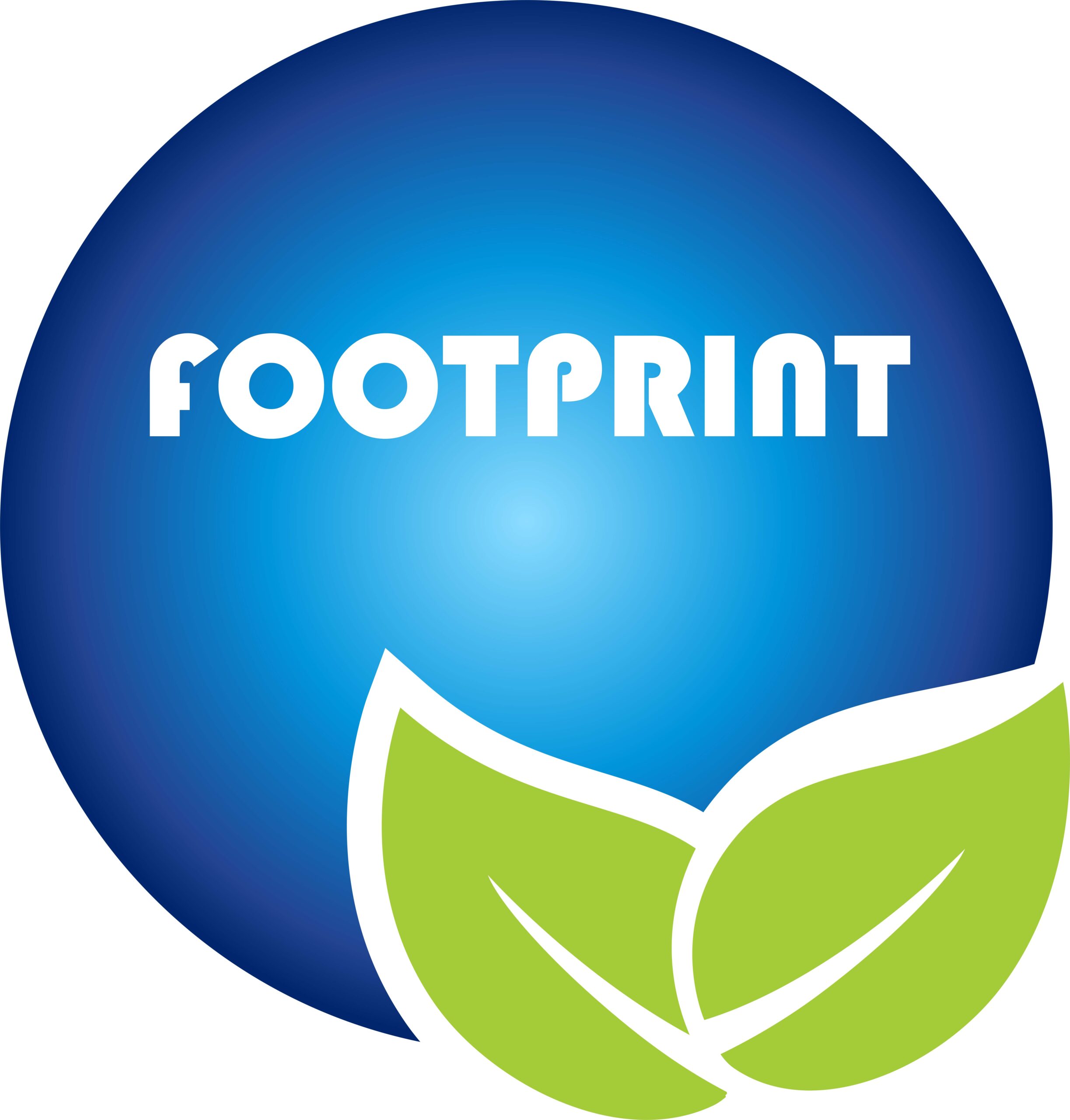The What and Why of MRV in Climate Action
01 March 2023
Suraj Teja

The global community is facing an unprecedented challenges in their fight against climate change. Rising global temperatures leading to increasing frequency of extreme weather events are mounting pressure on ecosystems and human societies. To address this challenge, the world has set ambitious climate goals under the Paris Agreement, which aim to limit global warming to well below 2 degrees Celsius above pre-industrial levels and to pursue efforts to limit the temperature increase to 1.5 degrees Celsius.
What is MRV
The term MRV was coined in Bali (COP 13, 2007), bringing together all aspects of transparency under the climate regime. It includes
- Measurement (M) Data collection and assessment
- Reporting (R): National Communications and BURs (Biennial Update Reports)
- Verification (V): International Consultation and Assessment (ICA)
MRV is essential for achieving the objectives of the United Nations Framework Convention on Climate Change (UNFCCC).
One of the critical tools for achieving these goals is MRV, or Measurement, Reporting, and Verification. MRV refers to the processes and systems that enable countries and other stakeholders to track progress towards their climate goals, report on their emissions and climate actions, and ensure that their reported data is accurate and reliable.
While MRV is a critical tool for climate action, several challenges are associated with implementing effective MRV systems. These challenges include data quality and availability, capacity building and financial resources. However, the emergence of digital technologies offers new opportunities for addressing these challenges and improving the effectiveness of MRV to collect, process, and analyse climate reporting and verification data.

Importance of MRV
- It provides a clear and consistent way to measure progress towards climate goals, which is essential for monitoring the effectiveness of climate policies and for making informed decisions about future actions.
- MRV enables countries to report their emissions and climate actions transparently, critical for building trust and facilitating international cooperation.
- MRV helps to ensure that reported data is accurate and reliable, essential for identifying gaps and opportunities for improvement and tracking progress over time.
- MRV facilitate real-time monitoring and reporting of emissions and climate actions enabling faster and more accurate data collection and processing. This helps in immediate and informed decision-making.
- MRV provides new opportunities for stakeholder engagement and participation, through better accountability and transparency of the process resulting in building trust and support for climate action.
MRV Tools
Several examples of digital MRV tools are already being used to support climate action. For example, satellite-based monitoring systems can be used to track deforestation and land-use change, while smart meters and sensors can be used to monitor energy use and emissions in buildings and transport systems. Blockchain technology can be used to provide secure and transparent tracking of emissions reductions and climate finance, while artificial intelligence and machine learning can be used to analyse large datasets and identify patterns and trends.
Conclusion
Digital MRV has the potential to revolutionize efforts towards climate action by enabling faster and more accurate data collection and processing, real-time monitoring & reporting and stakeholder engagement and participation. It is essential that governments and stakeholders continue to invest in digital MRV and deploy other innovative solutions to support climate action and achieve our global climate goals.
write to us journey@trst01.com